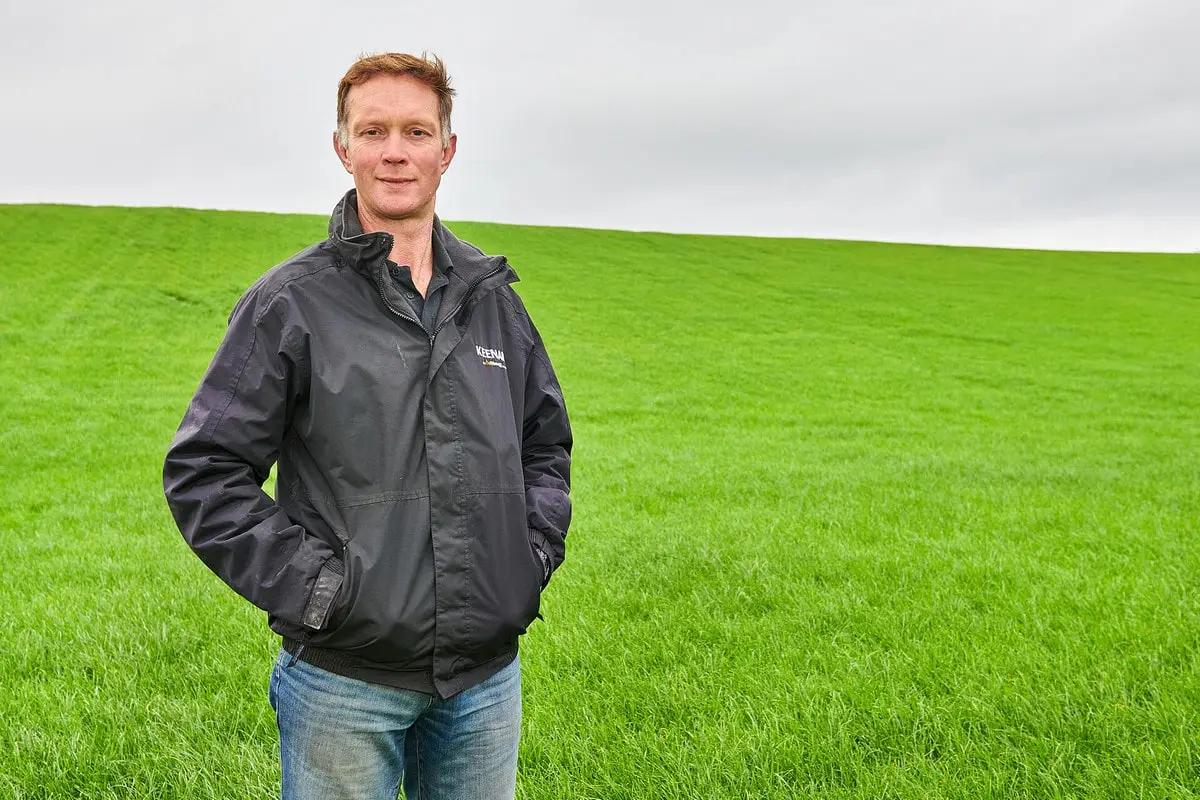Input costs are increasing and forecasts suggest this will include the cost of contractors. Understandably, this will have an impact on multi-cut silage systems. So, does it still make financial sense to choose a silaging system with heavy demand on contractor time?
What is a multi-cut silage system?
Multi-cut silaging, involving up to five or six cuts a year, is becoming a popular option for farmers increasing their production of high-quality homegrown forage.
However, this inevitably means contractors are on the farm more often during the cutting season. With fuel, labour and machinery costs all rising for contractors, it’s expected these increases will be passed on to farmers.
Compared to soaring bought-in feed costs, however, producing high-quality homegrown forage on the farm still wins economically. In January 2022, for example, a tonne of wheat found in bought-in blends costs approximately £240. This represents a significant 50% increase from last summer’s £160/tonne.
Also, despite the cost of producing homegrown feed rising, bought-in protein costs have increased even more. Therefore, anything to improve silage quantity and quality makes financial sense this year.
Quantity and quality benefit
In a multi-cut forage system, both silage quantity and quality are increased. By cutting more frequently with a shorter cutting interval, grass plants are at an earlier growth stage when cut.
Cutting at this leafier stage produces rapid regrowth and elevated energy levels, with the subsequent silage higher in quality and more consistent.
The table below explores the differences in DM yield and metabolisable energy (ME) when a more traditional three-cut system is compared to a five-cut. It also uses the DM yield and ME to model the cost of a unit of energy, showing a multi-cut system produces 24,000 more MJ of energy per acre and at a lower unit cost.
Dry Matter utilisation and costs per MJ ME
3-cut system | 5-cut system | |
Yield – tonnes DM per acre | 4.2 | 6.1 |
Yield utilised – tonnes DM per acre | 3.8 | 5.5 |
ME (MJ/kg DM) | 10.8 | 11.7 |
MJ per acres | 40,824 | 64,496 |
Cost per unit of energy (£ per MJ) | 1.18 | 0.96 |
Source: Kite Consulting
Please note: The difference in yield and yield utilised figures represents shrinkage, as well as clamp and feedout losses, and is assumed to be 10%.
How to be efficient with multi-cut silaging
So, how can you prepare for this year’s cutting season and beyond to keep rising costs under control?
- Talk to your contractor – communication is everything when planning your cutting requirements. Share your plans with your contractors so they can work out where they’re needed and when. Even with the unpredictable UK weather, having a rough idea of what’s ahead allows them to plan their staff and machinery needs.
- Negotiate costs – while the price of wheat is set by the market, the cost of your contractor is partly determined by your relationship, giving the opportunity for it to be negotiated. Although today’s machinery makes light work of even the heaviest cuts, multi-cut silaging tends to be quicker, so paying by the hour is better than per acre.
- Plan ahead – have the infrastructure ready when the contractors arrive. Consider removing gates for quick and easy field access for large machinery and prepare the clamp well in advance; don’t waste a minute of your contractor’s on-farm time.
- Cut early – take your first cut in late April or early May and subsequent cuts every four to five weeks, mowing no lower than 6.5 cm.
- Best practice – cut early in the day using a mower with an integral conditioner. Ted out the crop quickly to maximise drying and try to pick up the same day at 28-32% DM. Consider a longer chop length of 5cm to maintain structural fibre and always follow best practices when clamping or baling to achieve first-rate fermentation.
- Think about feed-out – multi-cut silage is likely to differ nutritionally from traditional silage. Consider reducing concentrates and feed sufficient fibre to balance the ration and provide ‘scratch factor’ to support rumen function.
Choose high-yielding varieties when reseeding
To gain the most from multi-cut silage, choose grass mixtures containing high-yielding varieties with good spring growth, and make sure your grass leys are fit for purpose by reseeding at least every six years.
“We’ve always had good results from Aber HSG 2. I like its strong red clover element as well as the high yield, meaning I can reduce my fertiliser use on those pastures.”

Tony Ball, dairy farmer, Derbyshire
Ask the grassland experts
For advice on grass seed and to set up a multi-cut silage system, feel free to ask our grass and forage seed experts.
